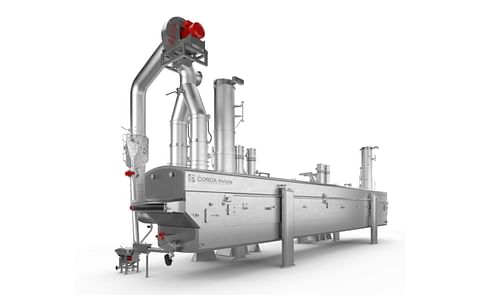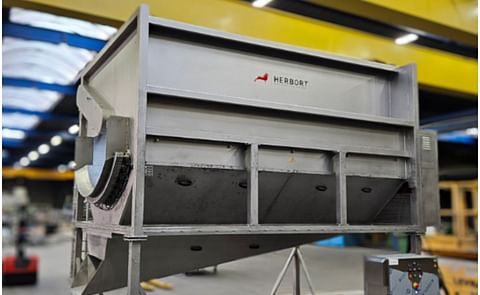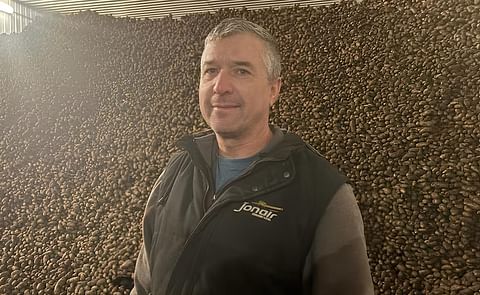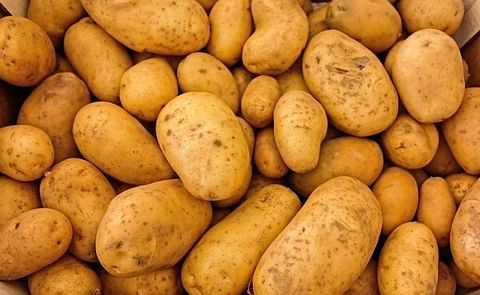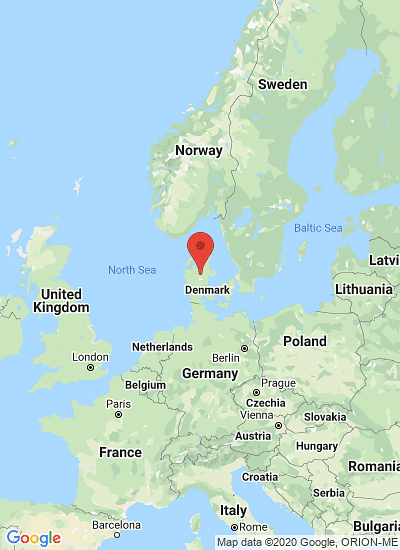Newtec HSI System Buteo
Not just potatoes: Newtec investments in camera technology could revolutionise plastics recycling
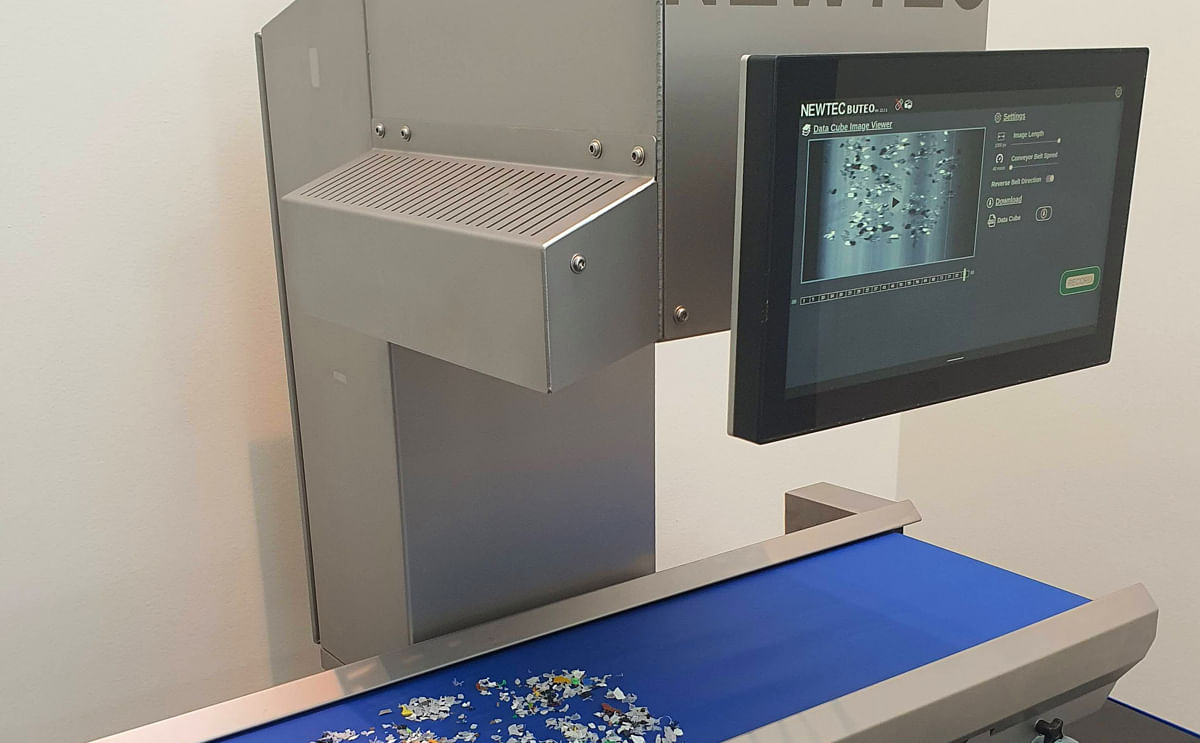
A Danish trio of partners is developing super-high-resolution, hyperspectral cameras that can determine the chemical composition of plastic waste and the different additives. The technology will have a huge impact on future plastics recycling.
Today, plastic is difficult to recycle because plastic waste is a mishmash of many different types of polymers with different chemical compositions as well as different additives such as dyes and flame inhibitors that give a plastic product its specific properties.
With a DKK 7.9 million (USD 1.1 million) grant from Innovation Fund Denmark's Grand Solutions programme (total budget of DKK 11.3 million(USD 1.6 million)), Aarhus University (AU), University of Southern Denmark (SDU) and the company Newtec Engineering A/S have launched a project to develop a unique camera technology that will make it much easier to recycle plastic materials.
The aim is to develop a high-resolution, hyperspectral camera with a spectral range from around 400 nm to 1,900 nm and a desired resolution of just 2 nm.
Mogens Hinge,Associate Professor from the Department of Biological and Chemical Engineering at Aarhus University:
The goal of the new project, which is called New Hyperspectral Camera technology for material identification, NewHC, is a spectral resolution and range high enough for the camera to reveal unwanted fire retardants and pigments in the plastic that may be banned or harmful, so that they can be removed before recycling.
Bjarke Jørgensen, Head of Research & Development at Newtec Engineering A/S:
Once the technology has been developed, it will be installed in a specially constructed waste separation plant in collaboration with Newtec Engineering A/S.
Mogens Hinge:
Today, plastic is difficult to recycle because plastic waste is a mishmash of many different types of polymers with different chemical compositions as well as different additives such as dyes and flame inhibitors that give a plastic product its specific properties.
With a DKK 7.9 million (USD 1.1 million) grant from Innovation Fund Denmark's Grand Solutions programme (total budget of DKK 11.3 million(USD 1.6 million)), Aarhus University (AU), University of Southern Denmark (SDU) and the company Newtec Engineering A/S have launched a project to develop a unique camera technology that will make it much easier to recycle plastic materials.
The aim is to develop a high-resolution, hyperspectral camera with a spectral range from around 400 nm to 1,900 nm and a desired resolution of just 2 nm.
Mogens Hinge,Associate Professor from the Department of Biological and Chemical Engineering at Aarhus University:
"It’s an extremely ambitious goal for this technology, and it places strict demands on the optical components in the camera technology. Besides a uniquely high resolution, we’re also aiming to optimise the camera optics for light spectra that are crucial for analysing plastics."Mogens Hinge and the research group, Plastics and Polymer Engineering are leading the project, and they have previously demonstrated that hyperspectral camera technology can revolutionise plastics recycling. The higher the resolution and the wider spectral area of the hyperspectral camera, the better.
"We’ll do this part in collaboration with leading optics experts at SDU and Newtec who have unique expertise in camera development."
The goal of the new project, which is called New Hyperspectral Camera technology for material identification, NewHC, is a spectral resolution and range high enough for the camera to reveal unwanted fire retardants and pigments in the plastic that may be banned or harmful, so that they can be removed before recycling.
Bjarke Jørgensen, Head of Research & Development at Newtec Engineering A/S:
"It's important that we separate plastics into as pure fractions as possible if we are to increase the rate of recycling. At least 95% purity in the plastic fractions is currently required; preferably higher."The new camera technology will be developed by the Plastics and Polymer Engineering research group (AU), NanoSyd (SDU), which is internationally recognised for research in optics, and Newtec Engineering A/S, which is the market-leading machine manufacturer specialising in advanced camera technology.
"For this reason, we’re aiming to automate fast and efficient plastic recognition with this technology. By doing this, we hope we can push the boundaries for future recycling of plastic waste and thereby reduce the need to make new plastics."
Once the technology has been developed, it will be installed in a specially constructed waste separation plant in collaboration with Newtec Engineering A/S.
Mogens Hinge:
"We’ll be developing a unique type of hyper-spectral camera with an amazing spectral resolution. And by using a spatio-spectral analysis of signals that we’re developing to be based on artificial intelligence, we plan to push the boundaries further with regard to detecting additives in plastic waste."The project has a total budget of DKK 11.3 million (USD 1.6 million) and it will run for three years. Innovation Fund Denmark is investing DKK 7.9 million (USD 1.1 million)
Like to receive news like this by email? Join and Subscribe!
NEW! Join Our BlueSky Channel for regular updates!
Highlighted Company
Sponsored Content
Sponsored Content
Sponsored Content
Sponsored Content
Sponsored Content




